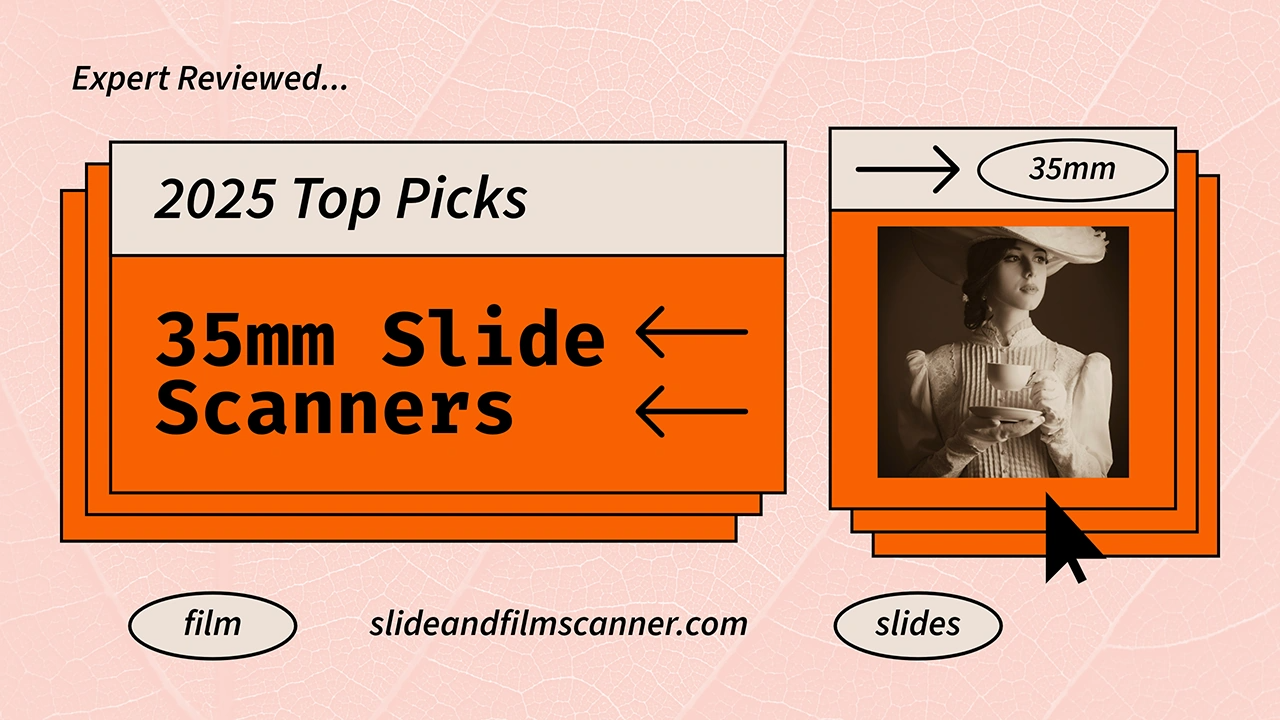Notifications

6 minutes, 44 seconds
-9 Views 0 Comments 0 Likes 0 Reviews

Preserving cherished memories from decades past often involves transferring old 35mm film negatives and slides into digital formats. With the resurgence of film photography among enthusiasts and professionals alike, having a reliable scanner can make all the difference in ensuring these images stand the test of time. High-quality film and slide scanners are designed to capture every detail and color nuance, transforming tangible negatives into vibrant digital images. This article explores some of the best options available today, emphasizing features, performance, and what makes each suitable for different needs.
Scan 35mm film and slides negatives and slides isn't as straightforward as using a standard document scanner. The process demands precision, high resolution, and the ability to handle delicate film strips without damage. A dedicated film scanner captures the fine grain, rich color depth, and subtle details of the original image—attributes often lost when scanned with general-purpose devices. When selecting a scanner, it’s essential to consider factors such as resolution, compatibility, color accuracy, and ease of use to ensure you achieve the best possible digital transfer. The right tool preserves the nostalgic charm of vintage photographs while providing a modern, digital archive you can access and share effortlessly.
Advanced film scanners come equipped with features aimed at making the digitization process smooth and accurate. One of the most critical is resolution, typically measured in dots per inch (dpi); a higher dpi allows for greater detail—something particularly important if you plan to print large enlargements. Optical resolution is preferable over interpolation-based resolutions, as it reflects the scanner's true capacity. Ease of use is another vital factor, with many models offering straightforward controls, preview options, and automatic correction features. Color accuracy and dynamic range are also crucial, ensuring the scanner can faithfully reproduce the subtle hues and contrasts of original negatives and slides. Some scanners include built-in software for dust and scratch removal, which simplifies post-processing and enhances image quality.
Among the top contenders for professional and hobbyist use are models like the Epson Perfection V850 Photo and the Plustek OpticFilm series. The Epson Perfection V850 offers dual-lens optics that ensure sharp, high-resolution scans, up to 6400 dpi, with excellent color fidelity. Its versatility extends beyond film, allowing scanning of prints and documents, making it a great all-in-one solution. The Plustek OpticFilm series, particularly the OpticFilm 8200i SE, is renowned for its high optical resolution of 72oo dpi, designed specifically for professional film scanning, producing detailed, high-quality images. These models often include features like built-in color calibration, film holders for various formats, and batch scanning capabilities, making them popular among serious enthusiasts.
Not everyone needs the top-tier professional scanner; some users look for portability and affordability without sacrificing too much quality. Compact scanners such as the Epson Perfection V370 offer impressive resolutions for a lower price point, making them suitable for casual users and those with a smaller collection of negatives or slides. Some affordable film scanners utilize DSLR or mirrorless cameras with special adapters to capture negatives digitally, providing flexibility and impressive results at a fraction of the cost. For hobbyists with limited space or occasional scanning needs, these options provide a practical balance between price, performance, and convenience.

A high-quality scanner is only part of the equation; software plays a crucial role in achieving professional-grade results. Many scanners come with bundled software designed to enhance images, correct color imbalances, remove dust, and sharpen details. Advanced programs like SilverFast or VueScan are popular among professionals for their sophisticated algorithms and extensive controls, allowing fine-tuning of every aspect of the scan. These tools also support color management to ensure that the digital images accurately reflect the original negatives or slides. Learning to utilize these features can significantly improve output quality, making your digital archive look as good as, or better than, the original.
Investing in a top-rated 35mm film and slide scanner is an excellent way to preserve and enjoy your legacy photos in today's digital world. While some models serve casual photographers, others cater to those seeking professional-level results. The key lies in understanding your specific needs—whether it’s high resolution, ease of use, or budget considerations—and choosing a scanner that complements those requirements. With the right equipment, you can breathe new life into old negatives and slides, turning aging memories into vibrant, high-resolution images ready to share, print, or archive. Preserving your photographic history has never been easier, and with the technology available today, you hold the power to ensure these precious moments are never lost to time.

